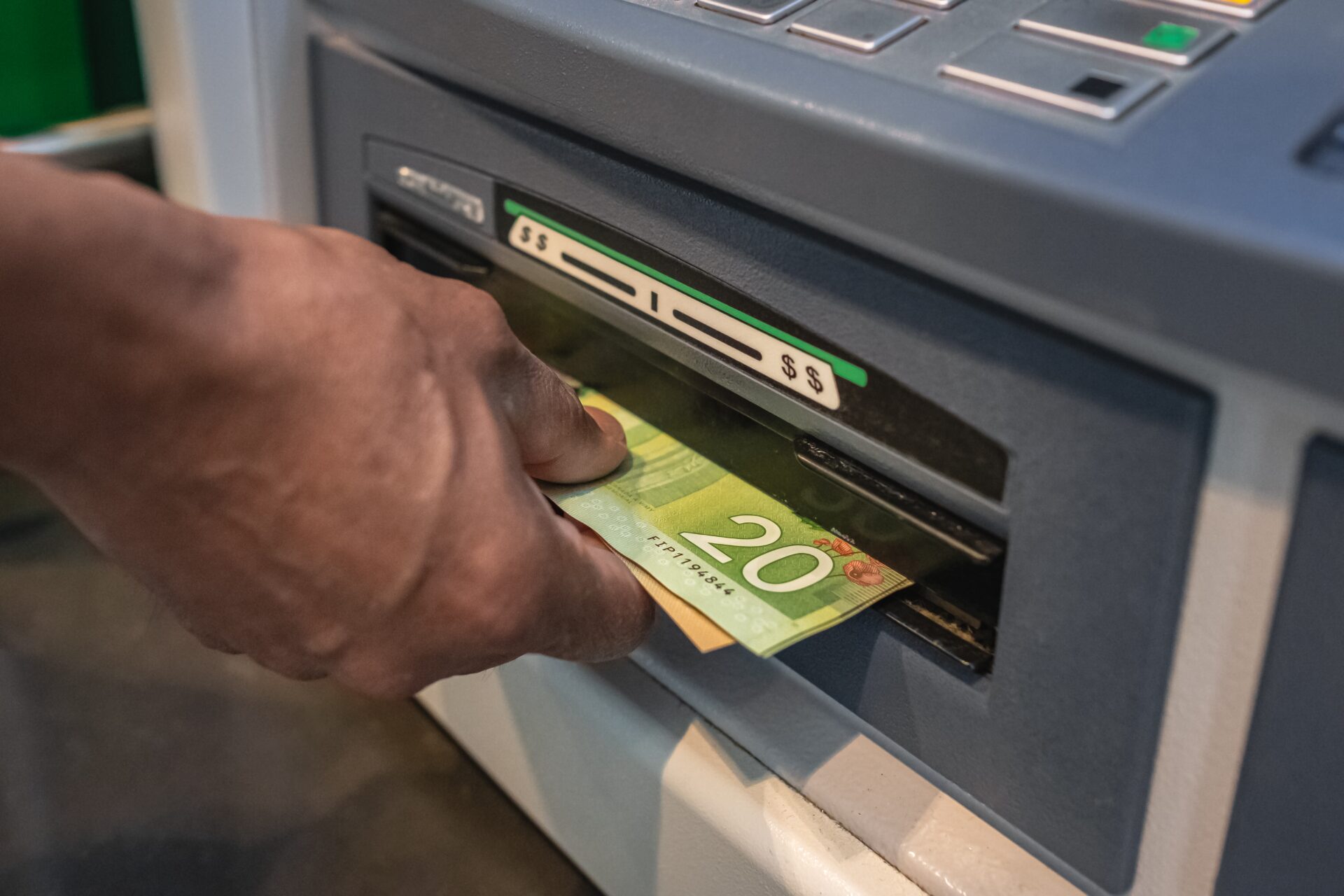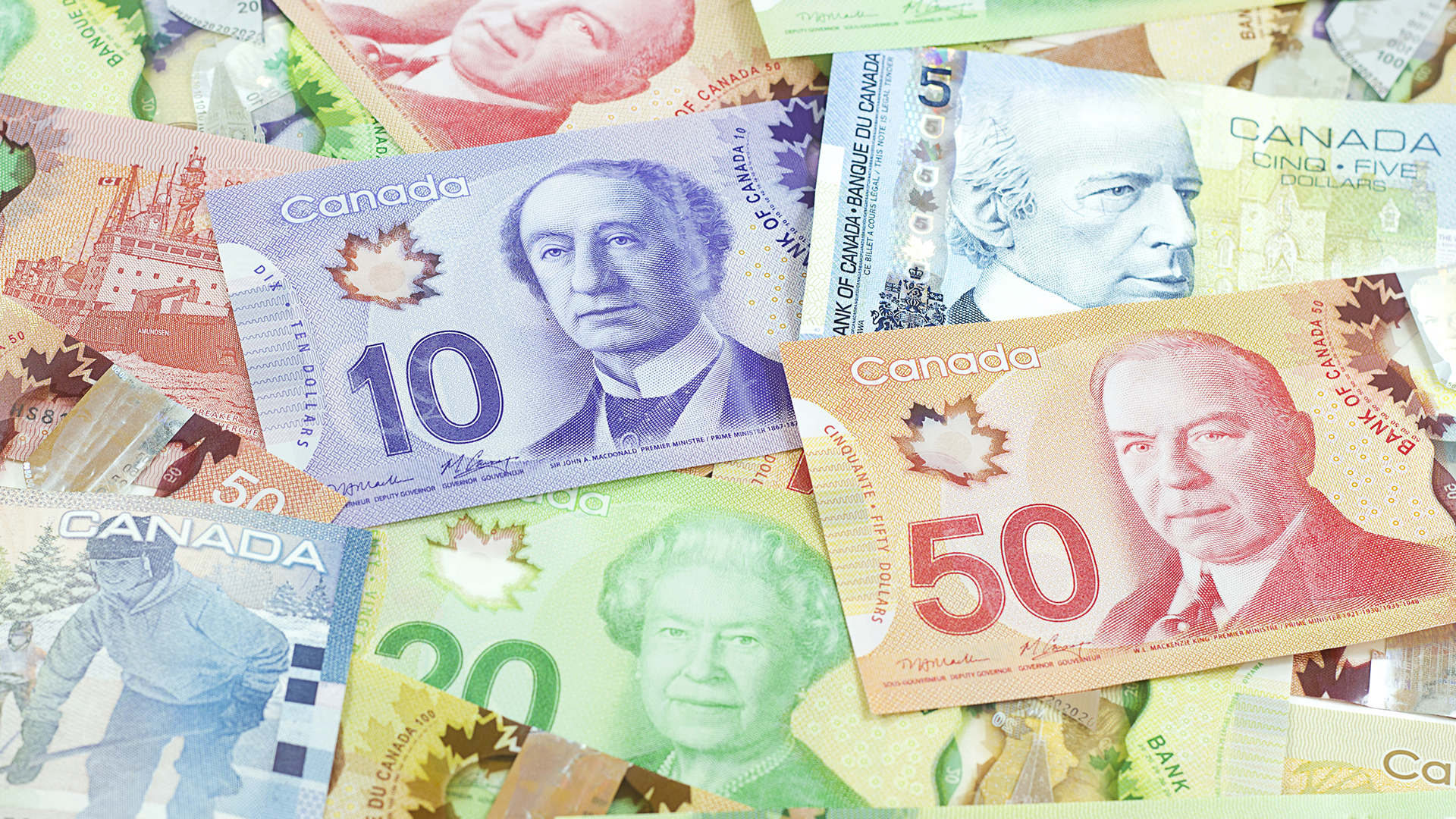
The ebb and flow of economic patterns reveals a paradox in Canada’s monetary landscape.
Amid the march toward digitization, cash-based transactions fell in 2009 from 54 per cent of the total volume of payments to a mere 10 per cent in 2021. Debit cards, credit cards and electronic funds transfers account for 30 per cent, 33 per cent and 16 per cent respectively, with the remaining 11 per cent captured by payment tools that are less commonly used on a daily basis – such as cheques and prepaid cards.
The digital brigade, powered by e-transfers, PayPal and Apple Pay, is gaining unprecedented momentum.
However, these statistics represent only a fragment of the overarching narrative. Intriguingly, as Canadians embrace electronic payments, there is a counterintuitive trend: the total amount of banknotes and coins in circulation in 2022 was 25 per cent higher than pre-pandemic levels – indicating a robust, if latent, demand for physical currency.
Dive deeper and a broader story unfolds. For many – such as Indigenous Peoples, unhoused individuals, older Canadians, victims of domestic abuse and others who are vulnerable – cash is a beacon of economic security, a source of financial autonomy, an emergency lifeline and an emblem of cultural traditions.
Collectively, the accessibility, acceptability and usability of cash represents a form of financial freedom and constitutes an economic right that merits preservation. A recent Bank of Canada survey reinforces this perspective: 80 per cent of Canadians expressed no intention of going fully cashless.
To avoid sleepwalking toward an exclusionary monetary ecosystem, the Bank of Canada should appoint a cash access committee – comprised of a diverse range of experts from various sectors as well as representatives from cash-dependent communities – to conduct an in-depth exploration into the potential consequences of moving toward a predominantly cashless society.
The cash access committee should propose legislative measures, among other evidence-based recommendations, aimed at safeguarding the availability of cash for individuals who continue to rely on it and prefer this form of payment.

Many Canadians depend on cash
Many people who need and use cash are among the most vulnerable in Canadian society. A 2022 central bank report indicated that 40 per cent of transactions valued under $15 were conducted in cash in 2020.
In addition, the tangible nature of cash, its universal acceptance, the direct control it offers, along with socioeconomic intricacies – particularly for those with uncertain immigration status or those who work in cash-based jobs – contributes to the fact that 25 per cent of Canadian residents obtain at least a portion of their monthly income in physical currency.
For others, cash remains the preferred mode for savings, reflecting desires for economic reassurance, accessibility and anonymity. Its importance is amplified among specific segments of Canadian society.
For Indigenous Peoples, cash holds cultural significance, especially during traditional events. This points to a noticeable difference between their customs and the mainstream shift toward self-directed digital banking platforms.
In most Indigenous communities, cash is the primary mode of payment and often a necessity given limited access to the internet. Monetary exchanges at garage sales, fishing markets and crafts displays typically are cash-only.
Furthermore, banks frequently overlook the unique needs of Indigenous communities, caused by limited internet access and specialized ID requirements. This can lead to service denials and discrimination, as highlighted by a 2019 incident in Vancouver, where a member of the Heiltsuk nation and his grandchild were handcuffed over baseless suspicions of fraud at a branch of the Bank of Montreal. Such episodes erode trust and hamper efforts toward economic reconciliation between Indigenous communities and financial-service providers.
For the unhoused, post-pandemic payment habits bring their own set of problems. Since 2020, demand for cash has risen, resulting in higher levels of circulation. However, this has not benefited those in greatest need because cash is now being hoarded by many people as a safety net rather than being carried in people’s wallets.
Most people without a permanent roof over their head rely heavily on panhandling in response to food poverty and extreme poverty. It also offers a semblance of financial autonomy in a costly and complex economic environment. However, the decline in cash carried by many people has directly affected the unhoused as the potential generosity of passers-by is diminished.
Add to this the fact that accessing essential financial services is challenging, especially when IDs and permanent addresses, which unhoused individuals often lack, are prerequisites to open and effectively utilize basic banking products. That, of course, underscores the pivotal role of cash in their lives.
For victims of domestic abuse, cash takes on a vital role as a discreet savior. Its untraceable nature offers financial anonymity, protecting those vulnerable to financial abuse and exploitation. In fact, victims of domestic abuse are advised to secretly hoard cash as a safety net.
Conversely, digital banking platforms can enable abusers to accrue debt under the victim’s name or illicitly access their funds, jeopardizing the victim’s financial health. Here, the role of cash extends beyond anonymity; it becomes a tangible avenue for security, autonomy and escape.
Though not universal, many older Canadians also approach the digital realm with caution, cherishing the safety and autonomy that cash provides.
This hesitation toward digital transactions stems from a heightened reliance on others and feeling vulnerable to financial exploitation, including predatory power-of-attorney fraud. For many in this scenario, cash represents more than just money; it is a shield against financial forms of elder abuse.
What comes next?
As the shadows of a less-cash society continue to lengthen, challenges loom. Accessing, using and retaining cash is becoming an uphill battle.
Alternative banking options do not help, either. The growth of fringe financial institutions such as payday loan establishments or pawn shops with their enticing facade of convenient cash conceals the grim reality of exorbitant costs.
Geographical challenges also persist, with rural Canadians still awaiting a clear directive for continued retail banking operations amid a spate of bank branch closures. While banks are encouraging the use of online banking and ATMs as substitutes, rural communities are concerned about whether they will have access to in-person services at brick-and-mortar banking establishments.
As well, the proliferation of “white label” ATMs – cash machines operated by private organizations and individuals with high withdrawal fees – further amplifies this challenge.
Yet, the fact remains that demand for cash is at a 60-year high. However, the actual use of cash in transactions has decreased substantially over the past decade – a decline further accelerated by the pandemic. Simultaneously, 84 per cent of Canadians show a preference for contactless payments, turning to cash fewer than four times a week.
The discipline of economics posits that merchants – always in tune with consumer preferences – will continue to accept physical money as long as there is demand for cash payments.
Lessons from the US on reducing child poverty
Pandemic exposes existing link between isolation and domestic violence
Yet, even with this in mind, it is evident that consumers are being nudged toward digital payment methods as no cash accepted signs become common across a growing number of Canadian stores.
Canada finds itself at the precipice of a notable financial transformation. The allure of digitization is strong and the global shift toward digital payments is evident.
In response, the Bank of Canada has rightly begun adjusting its stance on currency-related policies. By exploring the concept of a central bank digital currency, it has exhibited a proactive policy vision, aiming to ensure universal access to digital payments for all Canadians while preserving their right to use cash.
Beyond the Bank of Canada’s policy vision, Canada’s digital transition should be approached with caution. Marching blindly toward a fully digitized economy without evidence-based legislative stopgaps or protections for those still dependent on cash could aggravate societal disparities via financial exclusion.
Canadians recognize the importance of cash as a hedge against chaos, including during periods of economic instability and failures in telecommunications systems, such as the 2022 Rogers power outage.
The bottom line
A Bank of Canada-appointed cash access committee should have a clear mandate to identify whether there is a case for the legislative protection of cash access, use and acceptance. If that is the case, it can define the specifics of such protection.
The cash access committee could take cues from the U.K.’s 2019 access-to-cash review. It should also seek valuable insights on Canadians’ relationship with cash and solicit input from vulnerable cash-dependent demographics.
This would help ensure any new policy pertaining to the modernization of the monetary system under the Bank of Canada’s watch would be tailored to serve the interests and requirements of all Canadians.
Canadian policymakers and financial institutions must recognize the enduring role of cash in the economy.
Predictions hint at systemic disruptions to the retail landscape, with the possibility of 26 per cent of grocery stores phasing out cash transactions within half a decade.
Thus, safeguarding cash access, use and availability is not simply about upholding tradition but, more importantly, about ensuring nationwide financial equity.
Note: This article offers insights from the policy brief developed by master of public policy graduates Aftab Ahmed, Hayley Krieger, Megan Warsame and Sokhema Sreang as an integral component of the Max Bell School’s 2023 Policy Lab. The team was tasked by its sponsor, the Bank of Canada, to investigate the social implications for a less-cash society and identify how it might impact different population groups.
The report provides four recommendations to the Bank of Canada, financial institutions, and federal government agencies to tackle financial exclusion in a less-cash society. Access the executive summary, presentation, and the full report is here.









